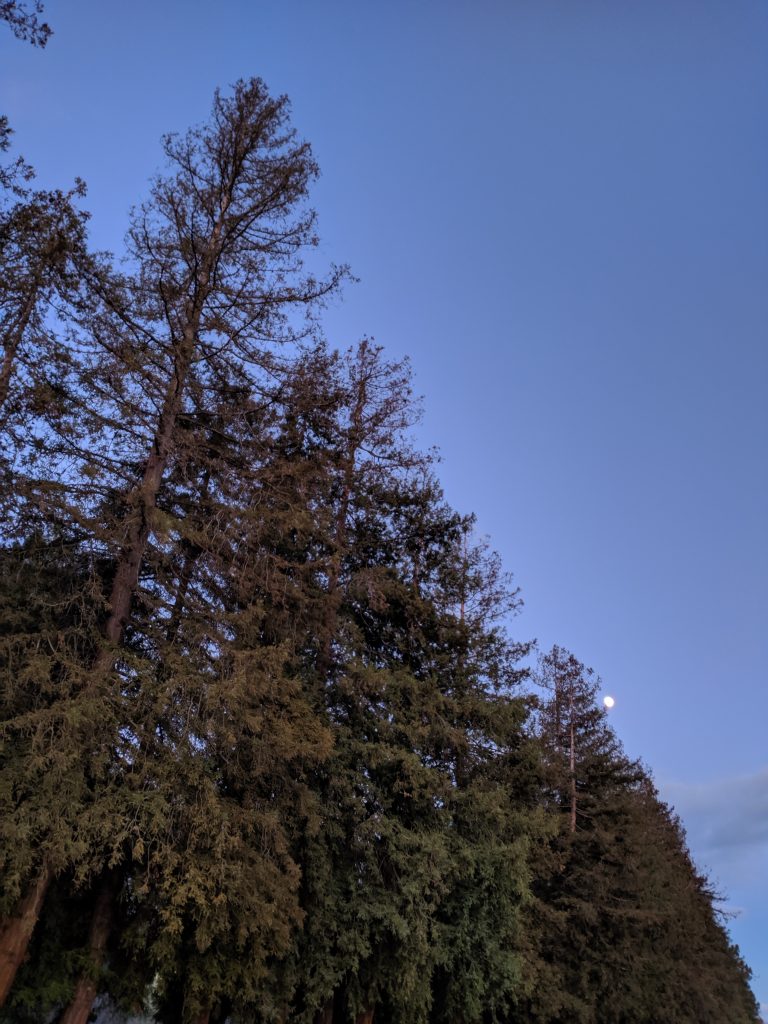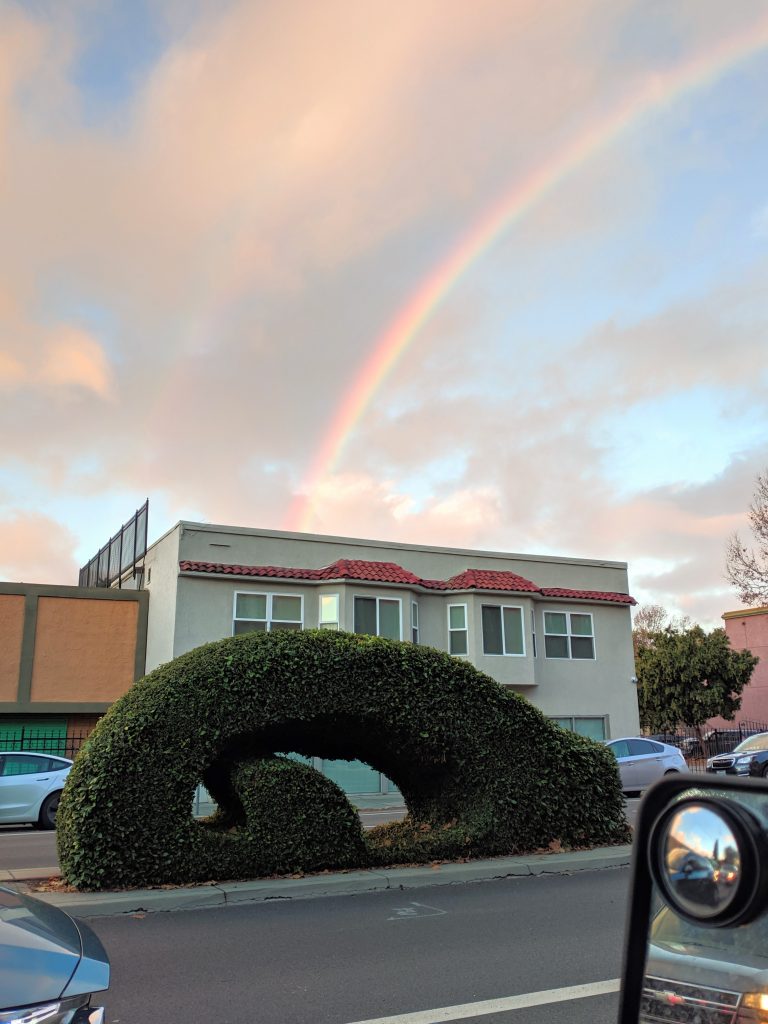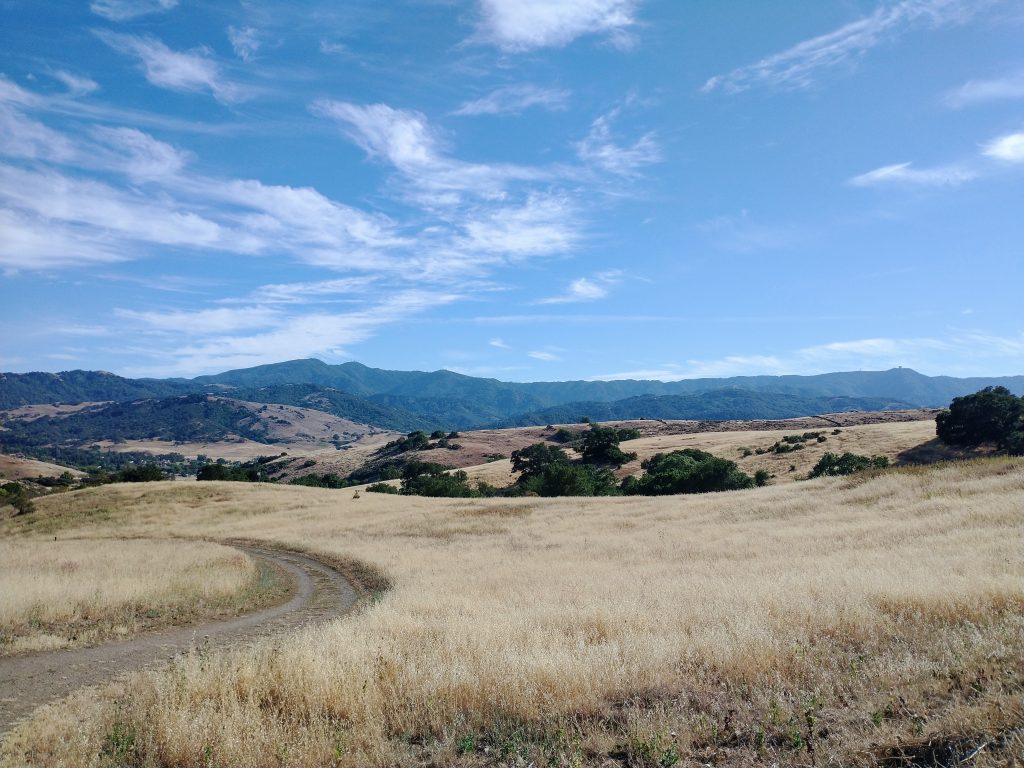
Loma Prieta and Mount Umunhum in the distance.

Traveling around in #SanJose and #NearbyToSanJose at 825 mph on our spinning planet.
Nature

Loma Prieta and Mount Umunhum in the distance.

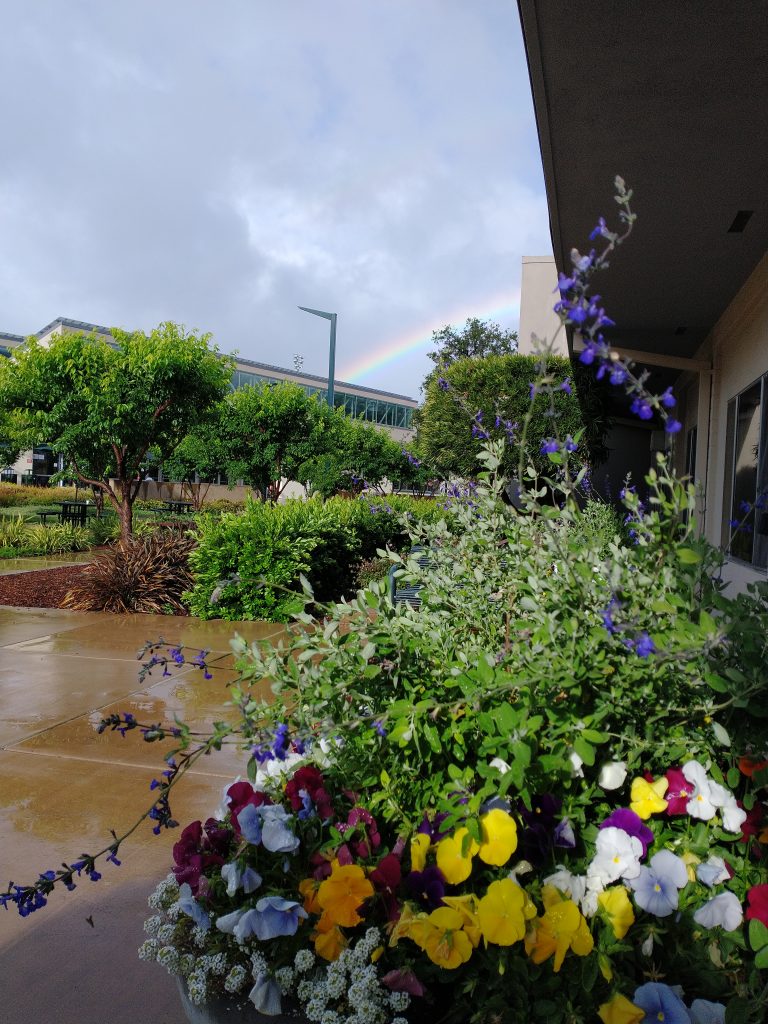
Lake Cunningham Park in San Jose has many great reasons to visit. One is to find and walk around the Native Plant Garden. (https://cnps-scv.org/index.php/restoration/lake-cunningham) While you are there you may also enjoy the largest skate park in California, BMX bike park, water park with water slides and lazy river, playgrounds, paths, and so on.
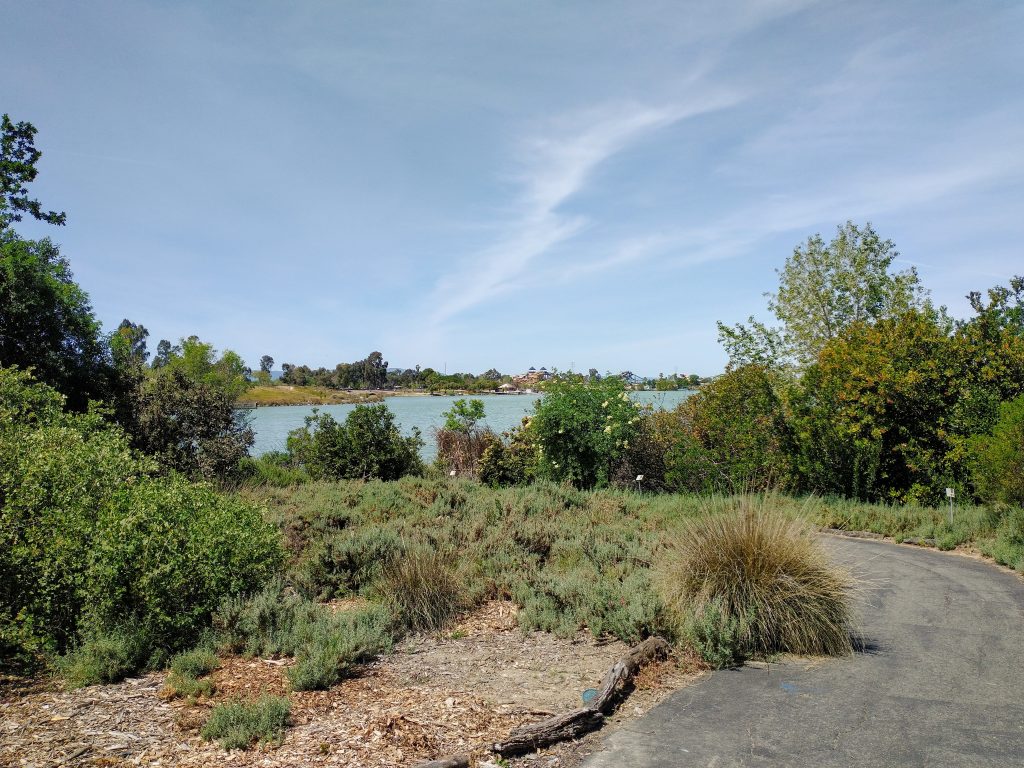
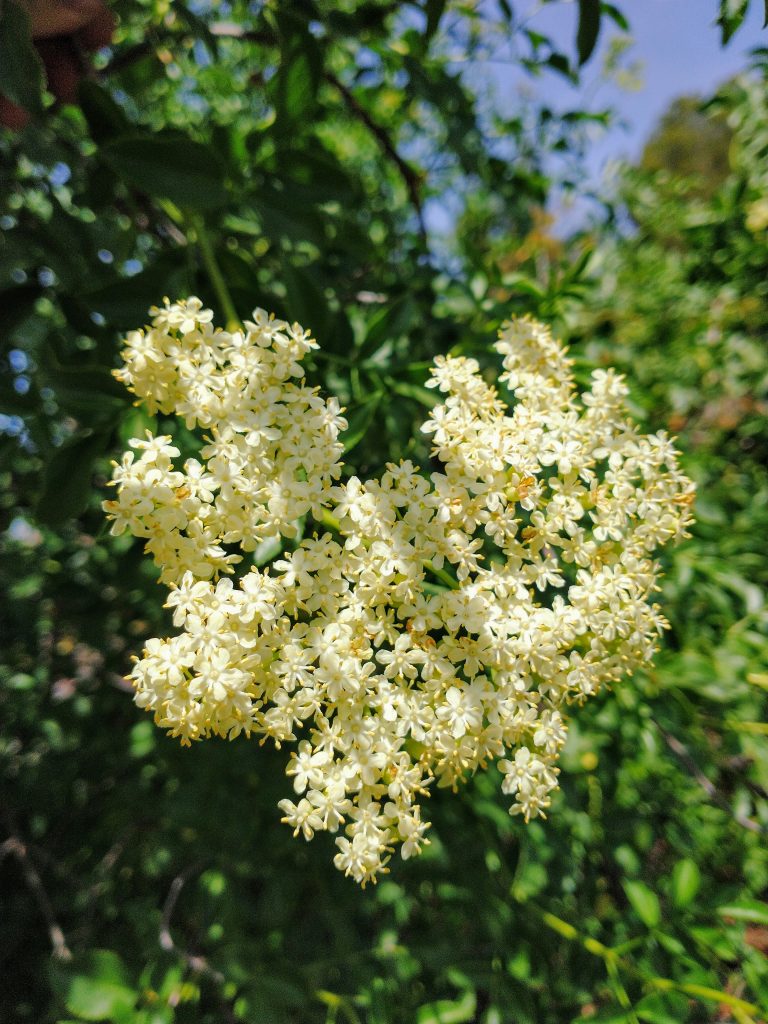

So beautiful, something in me swells with joy when I see these.
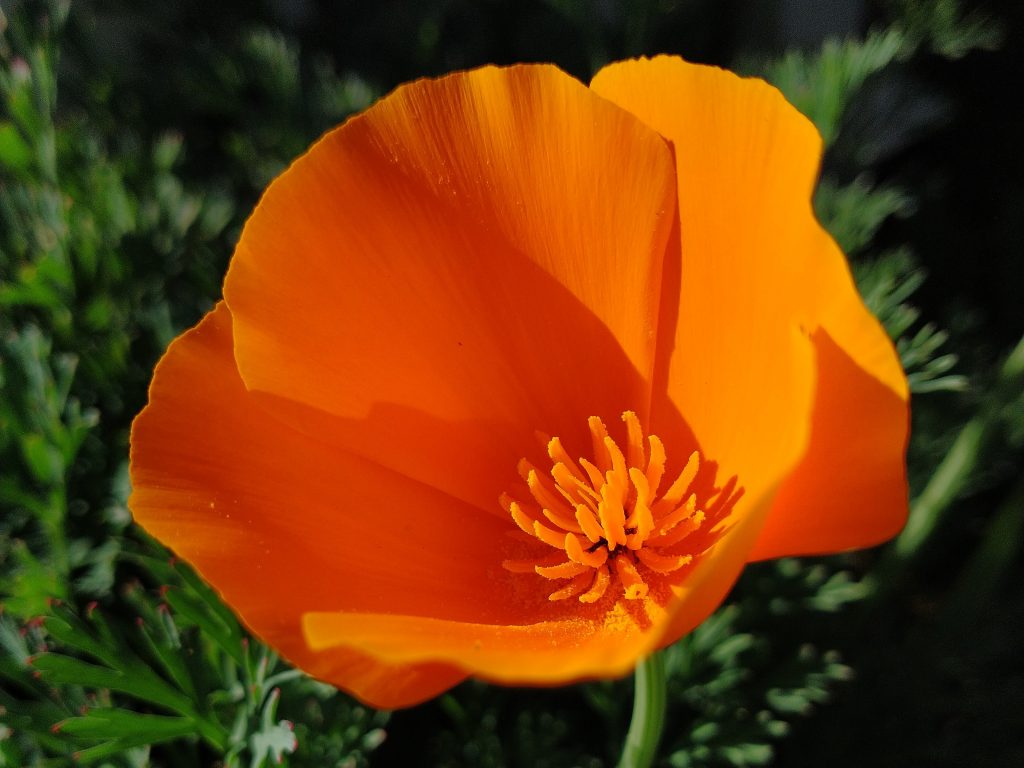
California Poppy Day was established as April 6th by the California Senate in 2010.
Here is Uvas Reservoir now, during our drought. The water is usually much higher.
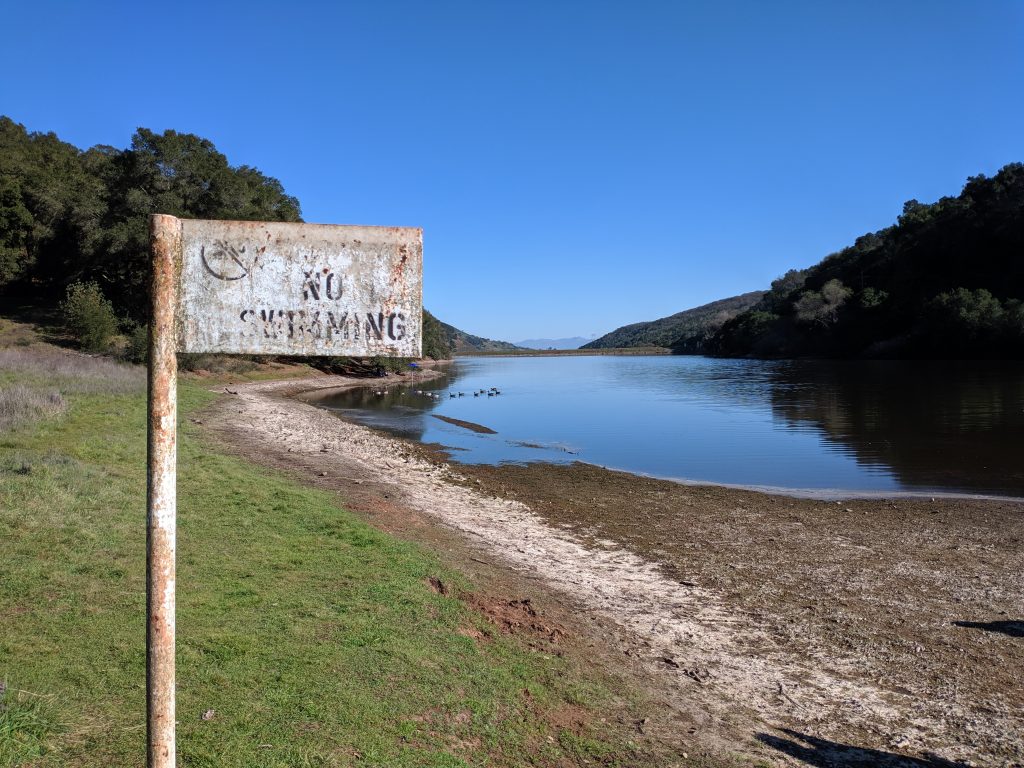
Still, that is better than it was five months ago before we had even modest rain amounts. Here is the same spot in October below.

Below is another part of Uvas reservoir now, during our drought.

You have to go a ways down to get to the water. Still, that is better than it was in October as seen below.
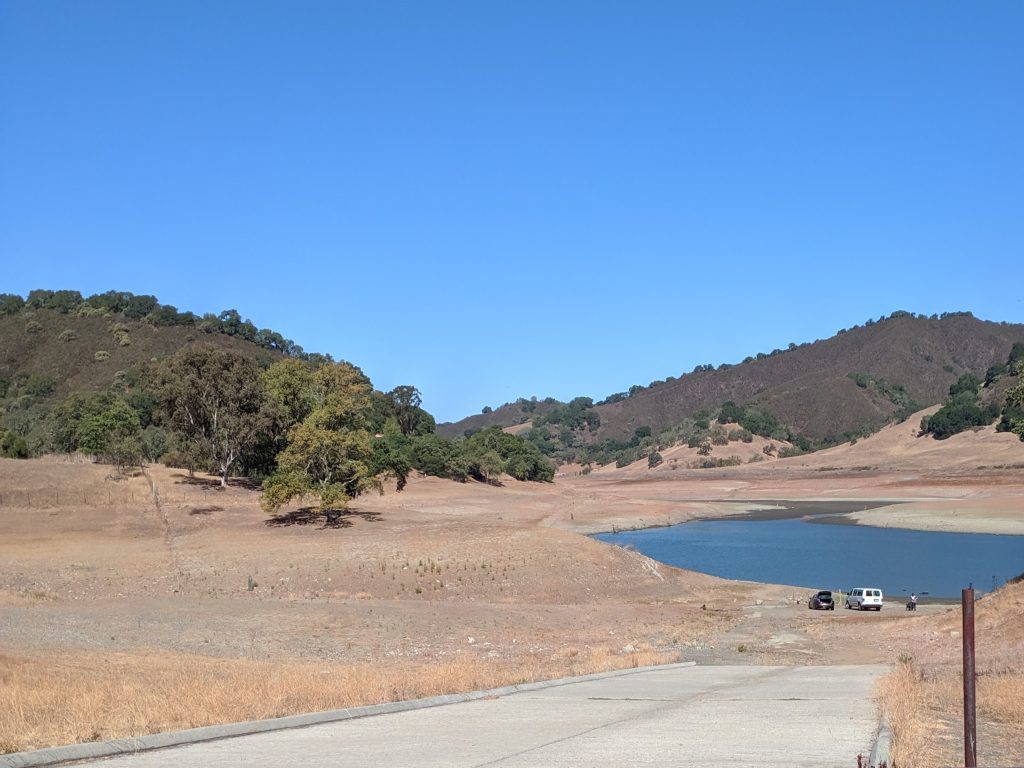
It is amazing how many gallons of water that difference represents at just one of many reservoirs we have. I look forward to comparing these photos to future wet and dry years. Interestingly, when it is wet, or wetter, dry, or drier, there always seems to be people out here finding some form of recreation. I didn’t capture it in photos but there are at least 20 people around me as I took these photos on both dates fishing, walking, relaxing, and taking photos.
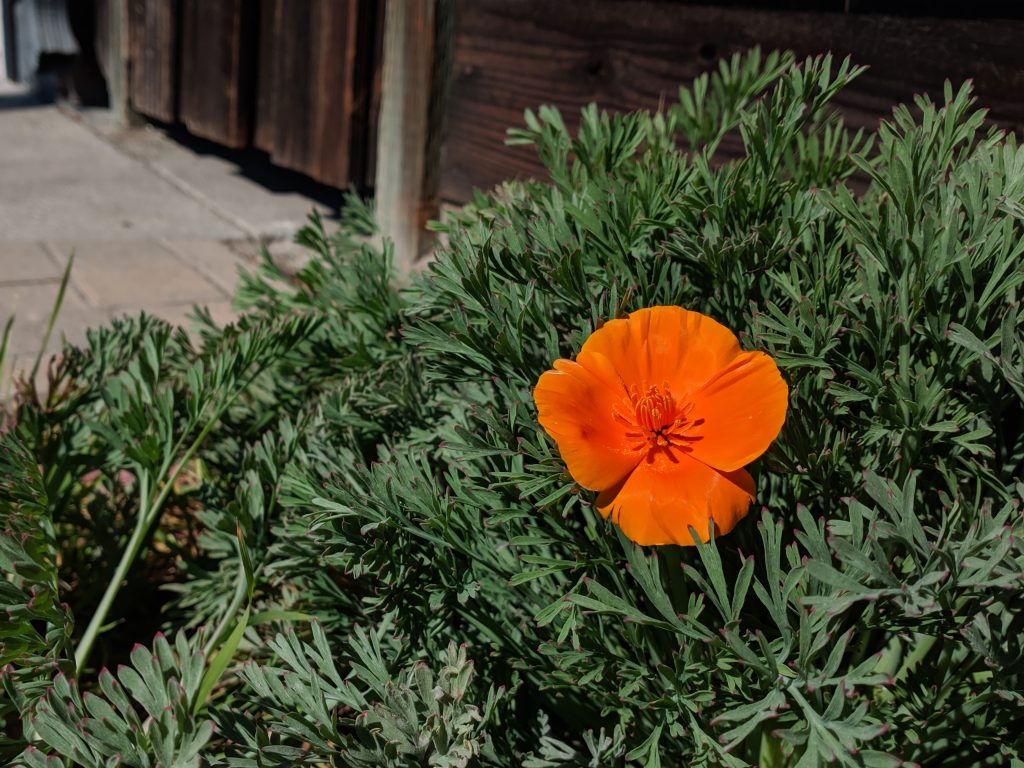
This one came up on February 27th this year; the first Poppy of the season in the yard. They are so beautiful.
